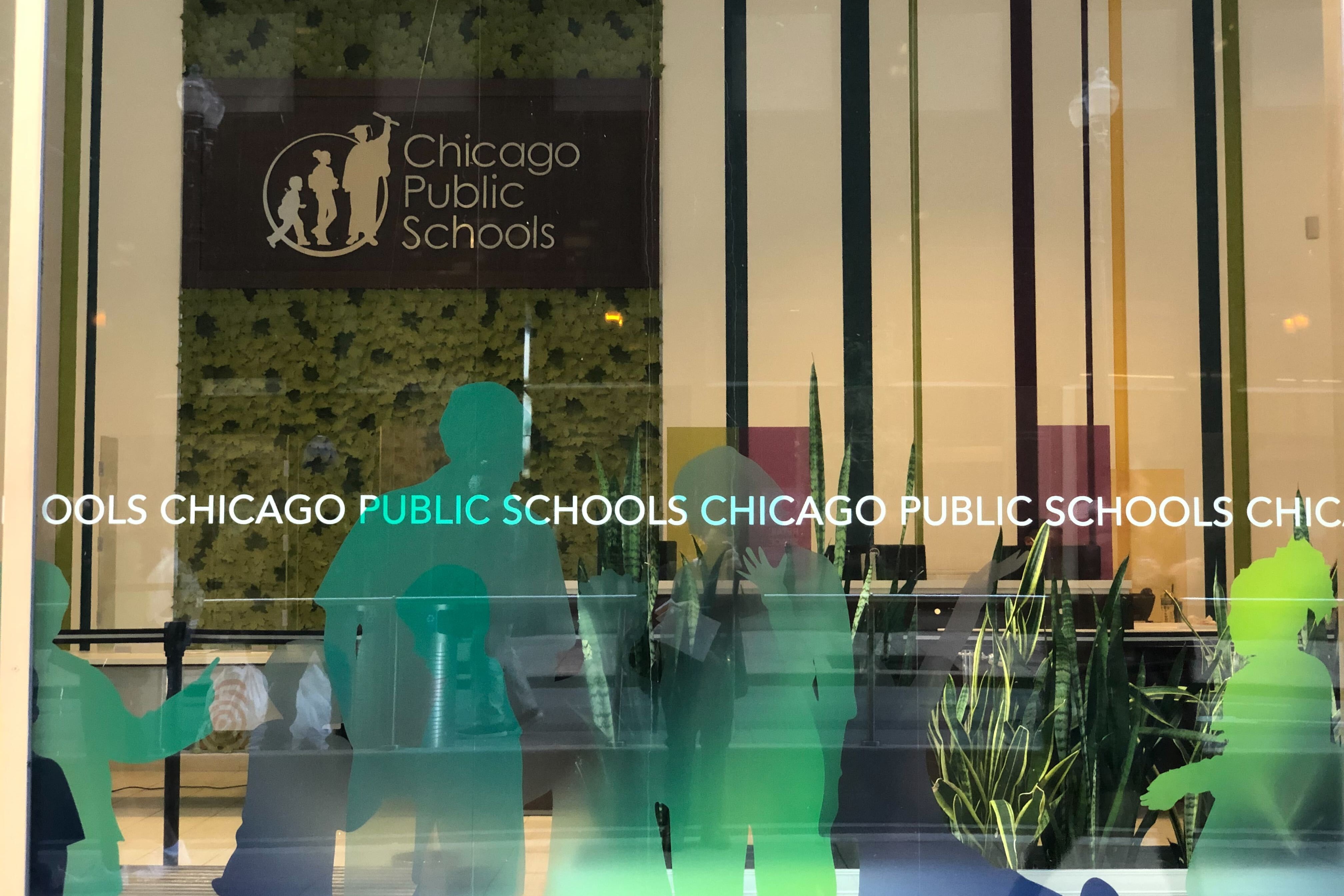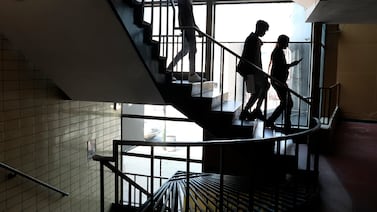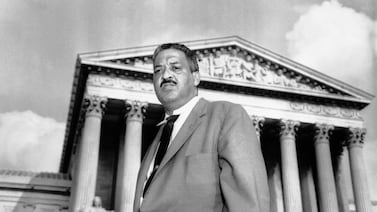Chicagoans who spoke at a public hearing Wednesday evening want to see the soon-to-be elected school board better represent the mostly Black and Latino students attending the city’s public schools.
The hearing was the first of five held by the Illinois’ Senate’s Special Committee on the Chicago Elected Representative School Board, which is tasked with drawing the districts where school board members will be elected. The board has a July 1 deadline. The first Chicago school board elections will be held November 2024.
According to state law, school board districts must reflect the city’s population. In Chicago’s case, public schools serve predominantly Black and Latino students, while the city’s overall population is 33% white.
Kee Taylor, a band teacher at Michele Clark High School on the West Side, said they want the maps drawn in a way that gives a voice to Austin, North Lawndale, and Garfield Park residents, because schools in these neighborhoods don’t have the resources necessary to be academically successful.
“For me, it’s important that as we draw these boundaries that we are prioritizing and centering communities that we neglected,” Taylor said. For example, Taylor said Michele Clark does not have a race track, and students on the track team have to practice in the hallway.
Valerie Leonard, founder of Illinois African Americans for Equitable Redistricting, said that in addition to drawing representative maps, there needs to be a stronger relationship between local school councils and the board of education to amplify the needs of schools in different communities.
“We need you to strengthen the relationship between the local school councils and the Board of Education to further amplify the voices of schools in their communities,” said Leonard. “This can be achieved by seeking local school council representation, or by developing an advisory structure where local school councils can provide more robust feedback.”
Chicago’s mayor has appointed the members of the school board since 1995. That will come to an end under an elected school board bill that Gov. J.B. Prtizker signed in July 2021. The new school board will eventually have 21 elected members, creating one of the largest school boards in the nation.
Elected members will be phased in starting with the November 2024 election, when 10 members will be elected and 11, including the board’s president, will be appointed by the mayor. In November 2026, the 11 appointed seats will be up for election.
By January 2027, a fully elected board will be in place. The school board will then have staggered elections, with half the seats up for election every two years.
Chicago Public Schools is the fourth largest public school district in the nation, serving roughly 322,000 students. A majority of students are Black and Latino, and 72% come from low-income families.
As the district transitions to an elected school board, it could face a budget crisis. While Chicago’s operating budget is $9.5 billion, federal COVID-19 relief money will end by 2025.
The district may also pick up more costs after transitioning to an elected school board.
There will be four more public hearings this month, and Chicagoans can also submit feedback through an online portal.
Samantha Smylie is the state education reporter for Chalkbeat Chicago, covering school districts across the state, legislation, special education, and the state board of education. Contact Samantha at ssmylie@chalkbeat.org.








